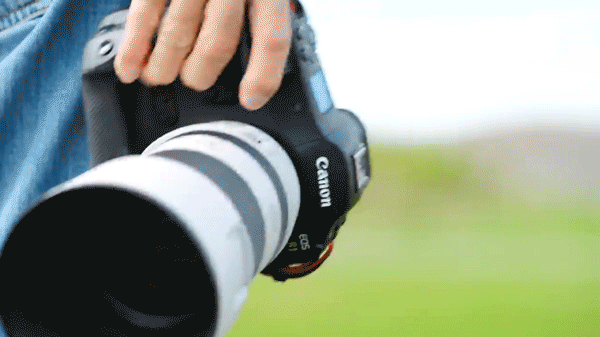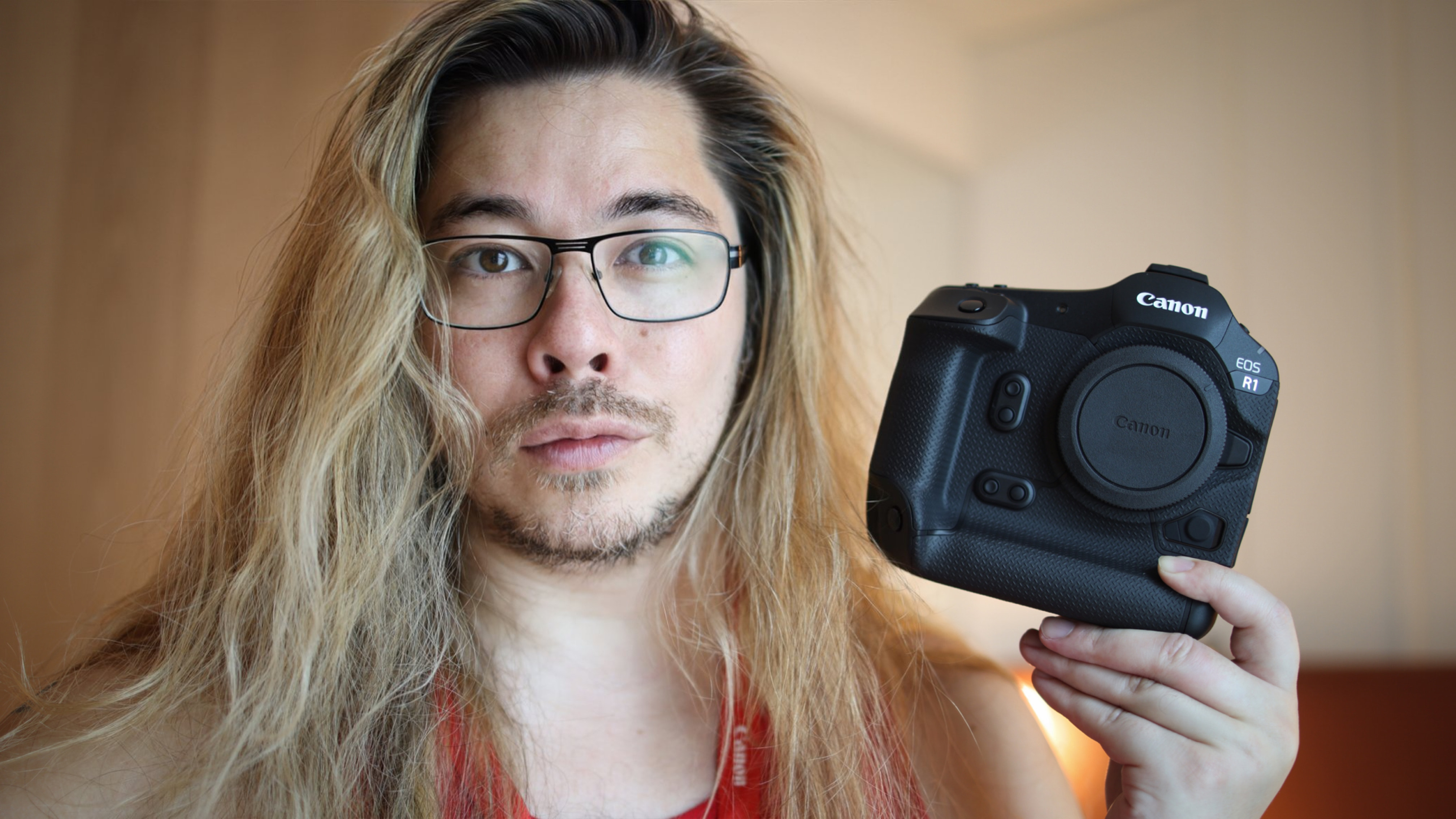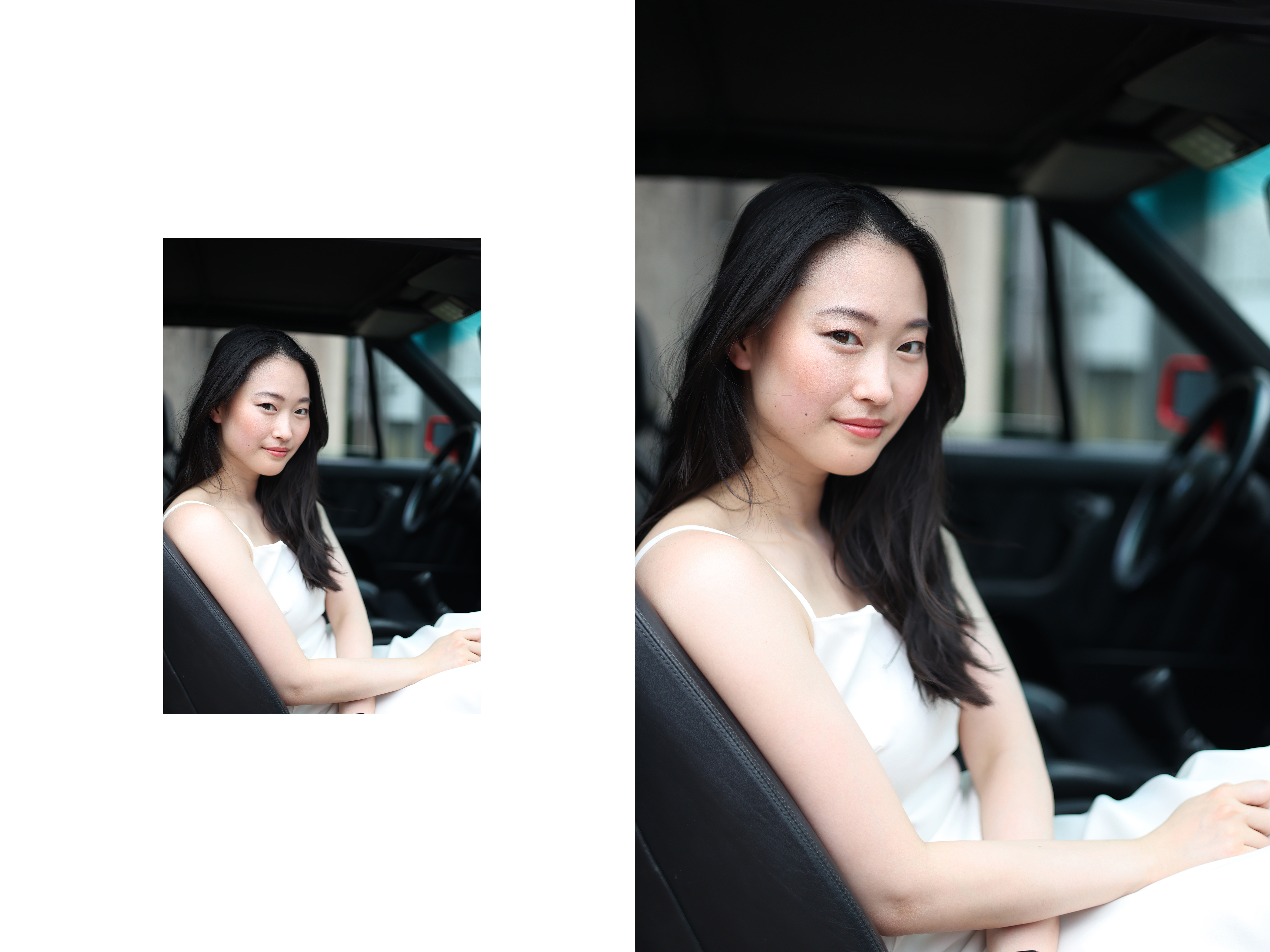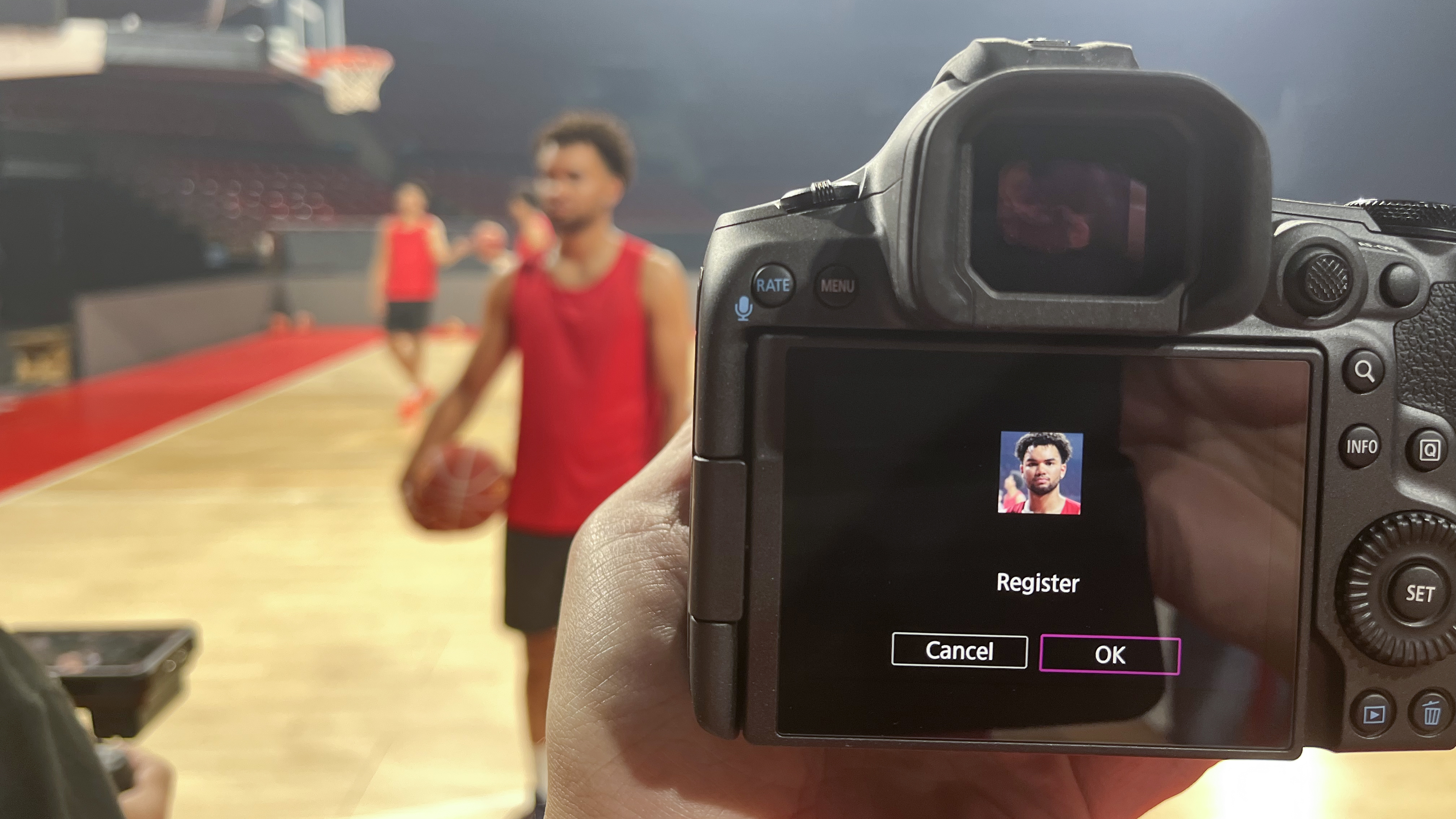
It may have slipped your mind, given that it was four months since the announcement, but the Canon EOS R1 – the company's brand new flagship camera – is on sale right now.
Just to remind you – and just in case you're buying into the nonsense from YouTubers who haven't used it that this is "just an R3 Mark II" – the EOS R1 is the most advanced camera on the planet right now.
I'll admit, on paper, it's easy not to see that – because you really do need to have used this camera (and I have) to reveal its power. For example, its native 24.2MP resolution may not sound like much, but you can upscale any image to 96MP – in camera, with no loss of image quality.
Obviously, the first use that comes to mind is that you want to blow something up huge for use on a billboard or other prestige output. But this isn't just a megapixel pissing contest.

Arguably more useful is the fact that you can crop into your images and then upscale them back to (and beyond) their original resolution. Too much dead space around your subject? Is the bird of prey too small in the frame? Didn't have the right lens on, when a celebrity made an unexpected appearance?
You can crop way into the image and then upscale it, turning a previously unusable photo into a money shot that you otherwise never would have had.
There's more. You can denoise an image by up to two stops, enabling you to get super-clean shots at lower ISOs or much more usable shots even at extreme ISOs. And again, this is all in-camera.

Neural network Image Processing and AI firepower
This is all via the magic of Canon's Neural network Image Processing, which I truly believe is going to transform the imaging industry over the next few years.
Canon has baked these clever AI-powered processing features into the EOS R1 (and the EOS R5 Mark II), giving you native upscaling and denoising ability based on point-of-capture information – so, unlike third-party software, you don't get those hallucinatory effects on faces or textures.
AI really is the backbone of the R1's firepower. Look no further than the autofocus system, which features an all-new Dual Pixel Intelligent AF system powered by a dedicated Digic Accelerator Processor.
This unlocks features like Action Priority mode, which imbues the camera with a selection of AI-informed profiles to predictively track subjects. What does this look like in practice? The camera literally knows when one basketball player tosses up an alley-oop to a teammate, and can track the right person accordingly.

What other tricks does the R1 have up its sleeve? It boasts 40fps burst shooting along with 20fps pre-capture (it starts buffering shots as soon as you half-press the shutter, so you can literally capture the photos before you fired the shutter).
It can record internal 6K DCI RAW up to 60p for over 120 minutes, with support for Canon Log 2 and ProRes RAW with Atomos devices, and packs a full-size HDMI port and tally lamp. And it also packs the latest version of the brilliant (but misunderstood) Canon Eye Detect AF, enabling you to move focus points just by looking around the viewfinder.
Read my Canon EOS R1 review for the complete lowdown on the camera.
You might be interested in the best cameras for sports photography, along with the best lenses for sports photography.







